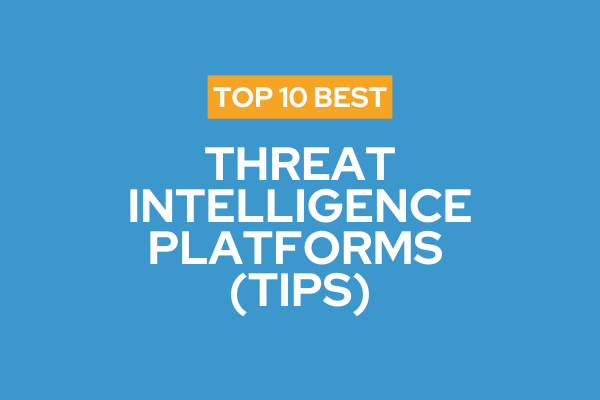
Top 10 Threat Intelligence Platforms (TIPs)
Discover the top 10 Threat Intelligence Platforms of 2025 to detect, analyse, and respond to cyber threats with greater speed and precision.
Published on November 05, 2025
Last updated on November 27, 2025
Efficient supply chain management (SCM) is the foundation of business continuity and resilience. In a global economy where disruptions can occur at any link, from raw material shortages to logistics bottlenecks, organisations must rely on systems that provide transparency, control, and agility. Modern SCM software not only streamlines procurement, production, and distribution but also integrates predictive analytics to anticipate risks before they escalate.
Selecting the right SCM software enables leaders to unify data across departments, automate workflows, and make faster, data-driven decisions. From demand planning to inventory optimisation and supplier performance monitoring, these platforms are indispensable for maintaining operational stability.
Supply chain management software (SCM software) is designed to coordinate and optimise the flow of goods, data, and finances across the entire supply chain network, from suppliers to manufacturers, distributors, and customers.
Its purpose is to improve visibility, collaboration, and efficiency across all stages of the supply chain. SCM software consolidates procurement, production planning, logistics, and order fulfilment under a unified framework. By connecting these functions, businesses can reduce costs, respond more effectively to market changes, and maintain continuity during disruptions.
The most advanced SCM solutions also integrate risk management and resilience tools to monitor supplier reliability, assess geopolitical risks, and maintain compliance with trade regulations.
The right SCM software can transform complex supply chains into resilient, data-driven ecosystems. When choosing a platform, focus on these key capabilities:
Provides real-time tracking of goods, materials, and orders across all touchpoints. This transparency helps businesses respond rapidly to bottlenecks and improve overall coordination.
Leverages AI and analytics to predict customer demand, enabling accurate production and inventory planning while minimising excess stock or shortages.
Automates stock control and replenishment processes, ensuring optimal levels are maintained and reducing holding costs.
Facilitates communication and performance tracking with suppliers, promoting accountability and risk mitigation.
Optimises route planning, shipping, and delivery schedules to reduce costs and improve efficiency across the logistics network.
Generates actionable insights through dashboards and reports, supporting data-driven decision-making for strategic supply chain improvements.
Allows seamless data flow between ERP, CRM, and warehouse systems to eliminate silos and enhance operational efficiency.
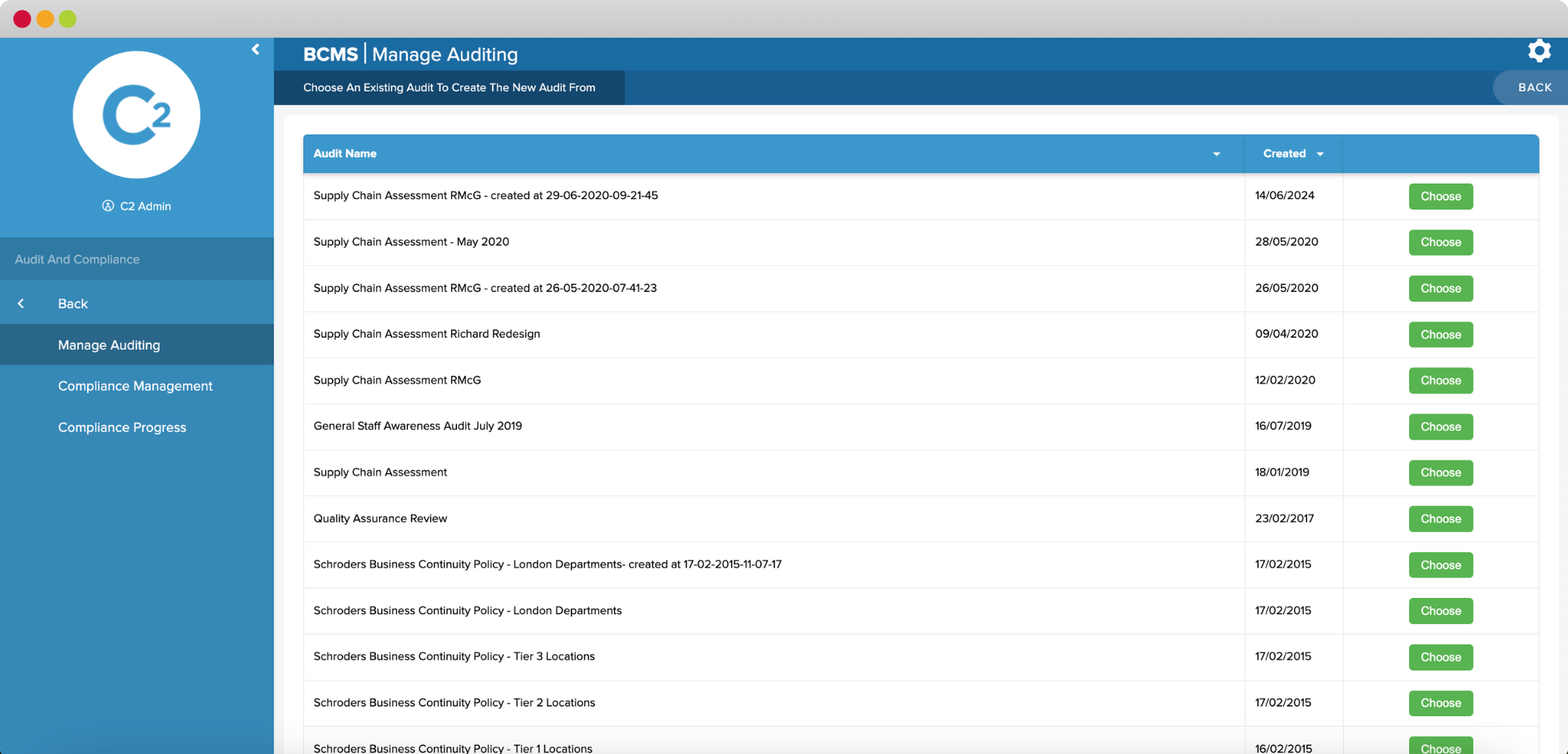
Continuity2 offers a comprehensive platform that integrates supply chain continuity with operational resilience and business continuity planning. Designed for enterprises seeking to mitigate risk and maintain efficiency, C2’s software unifies supplier performance monitoring, compliance tracking, and risk assessment within a single ecosystem.
Key Features:
Best for: Organisations prioritising resilience and continuity within complex, regulated supply chains.
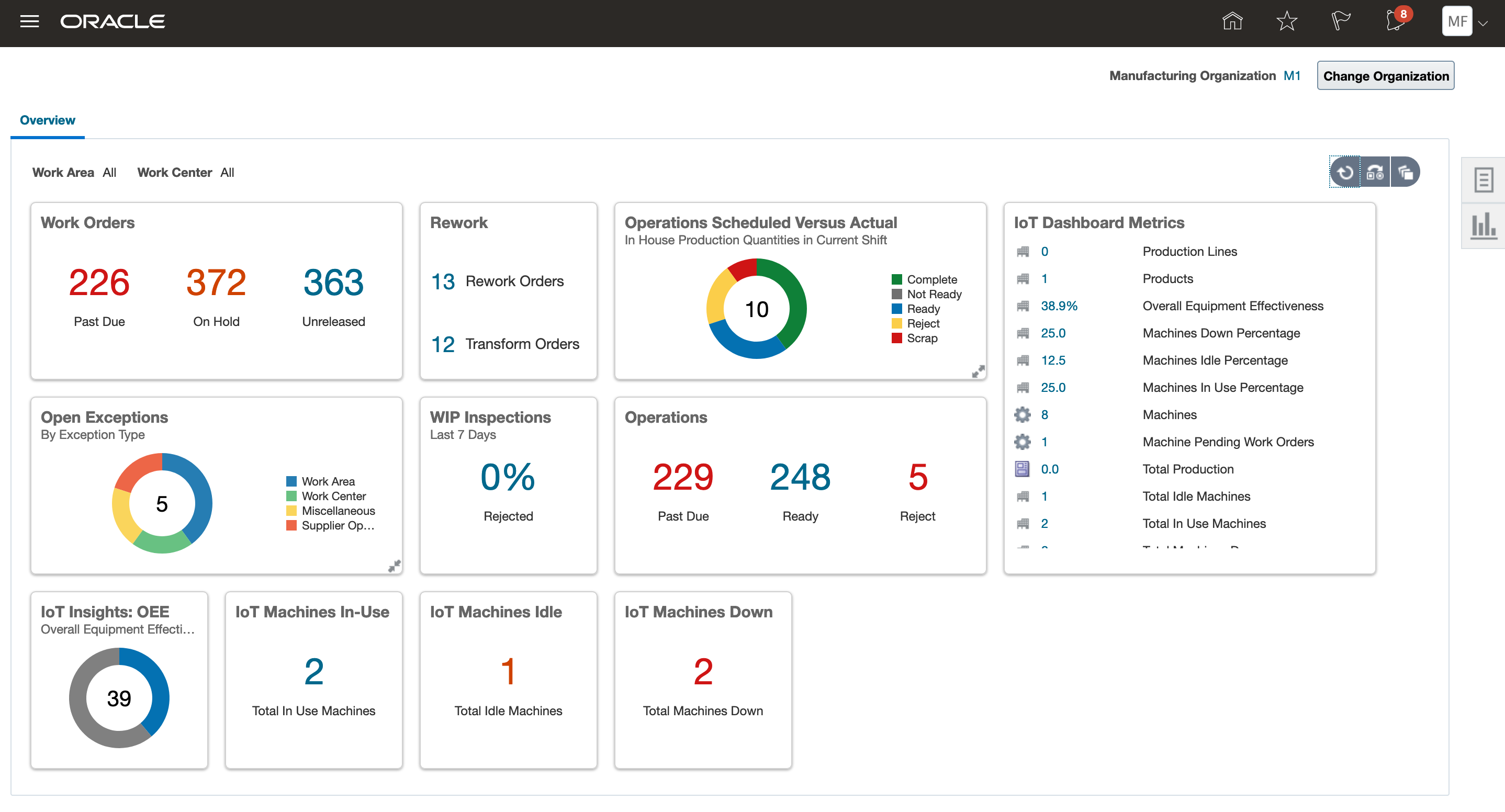
Oracle’s SCM suite combines logistics, procurement, and product lifecycle management with advanced analytics. It is cloud-based and designed to support global operations.
Key Features:
Best for: Large enterprises managing multi-regional operations.
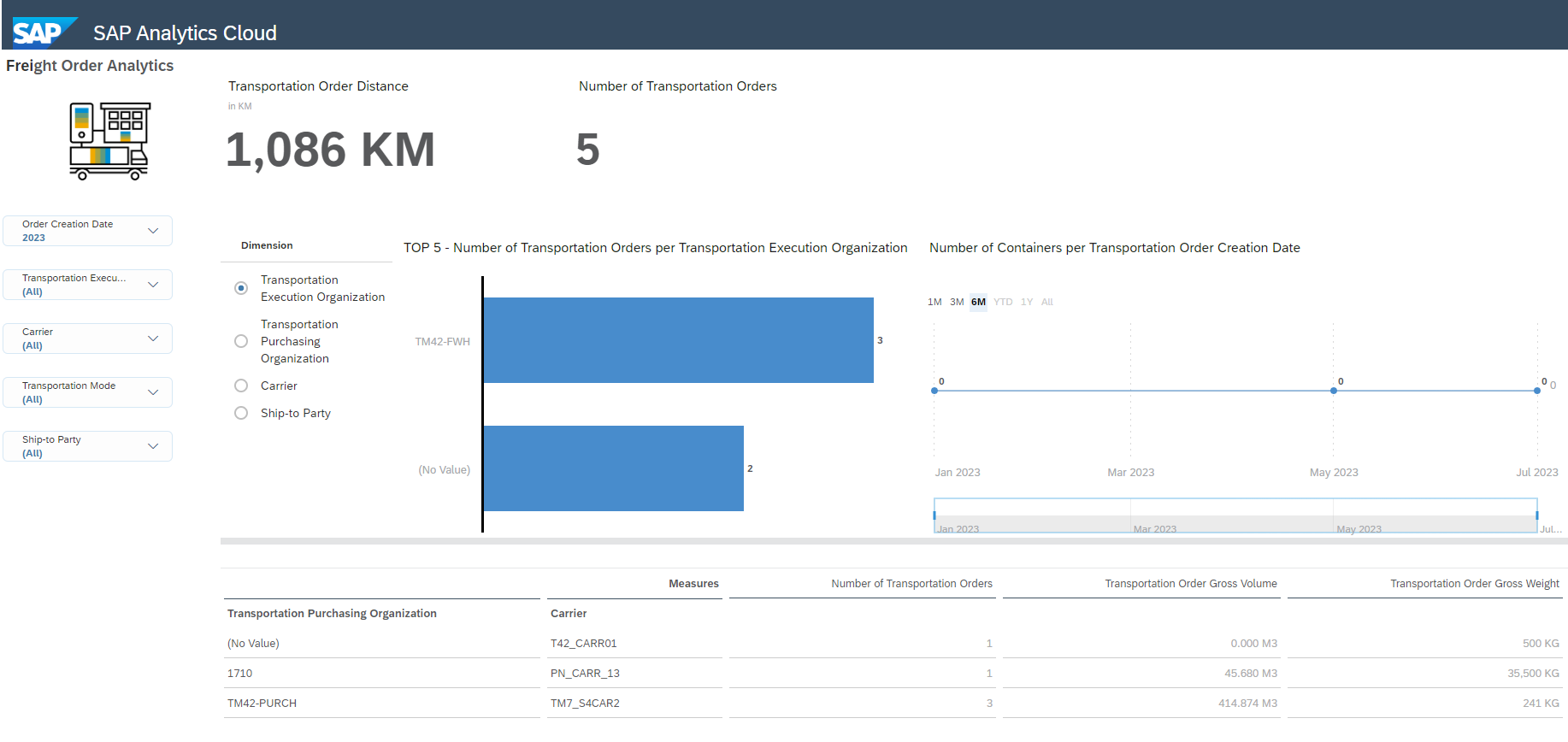
SAP’s SCM platform is built to provide intelligent, interconnected supply chains. It integrates planning, manufacturing, and logistics under a unified architecture.
Key Features:
Best for: Global manufacturers and enterprises requiring deep ERP integration.
Blue Yonder, powered by AI, offers predictive and prescriptive supply chain solutions focused on automation and efficiency.
Key Features:
Best for: Retailers and logistics-intensive organisations seeking automation.
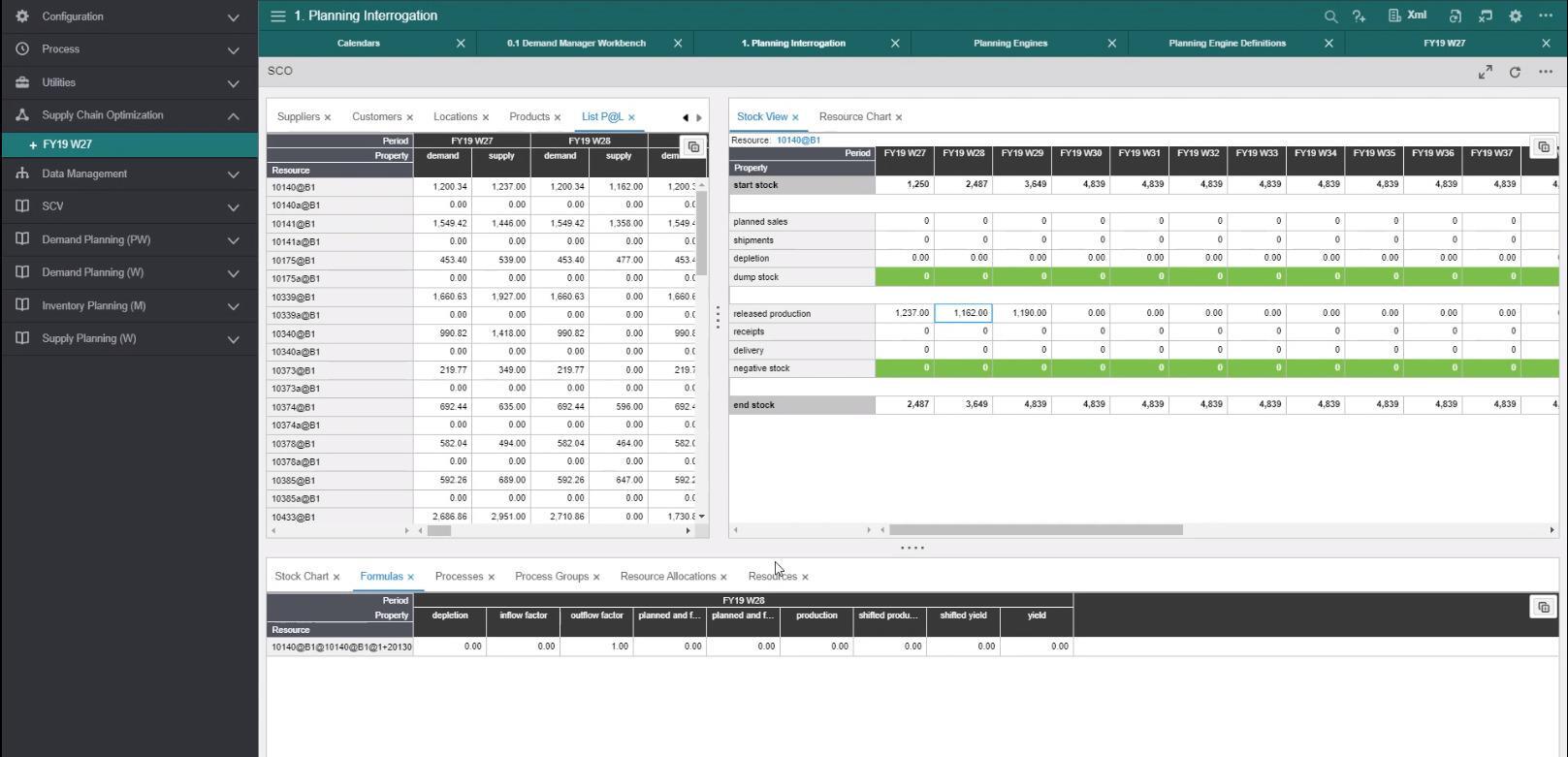
Infor SCM combines modern cloud capabilities with advanced supply chain planning and execution tools.
Key Features:
Best for: Mid-to-large enterprises adopting digital transformation strategies.

Kinaxis provides concurrent planning capabilities that help organisations make faster, informed supply chain decisions.
Key Features:
Best for: Enterprises requiring agile, responsive planning tools.
Manhattan Active SCM focuses on warehouse, labour, and transportation management in unified cloud architecture.
Key Features:
Best for: Retailers and logistics providers focused on warehouse optimisation.
By unifying data, automating workflows, and reducing risk, the right management software helps organisations strengthen and streamline their supply chain operations.
With complete visibility across suppliers, logistics, and inventory, SCM software allows proactive responses to disruptions, helping maintain customer satisfaction and reduce costs.
Automating routine supply chain tasks reduces manual errors and administrative overheads, allowing teams to focus on strategic decisions.
By monitoring supplier performance and tracking geopolitical and operational risks, organisations can anticipate and mitigate disruptions.
Real-time analytics support smarter procurement and inventory decisions, reducing waste and improving profitability.
Integrating supply chain management into continuity planning ensures that operations remain resilient against unexpected events.
Modern supply chains operate in an environment defined by constant change, from shifting market demands to regulatory updates and global disruptions. The right supply chain management software does more than streamline processes; it creates a foundation for agility, transparency, and sustained performance. By unifying data, automating critical workflows, and enabling predictive insights, these platforms empower organisations to anticipate challenges rather than react to them.
As businesses look to the future, resilience will be the defining differentiator. Implementing robust SCM software helps organisations not only manage day-to-day operations efficiently but also build long-term stability through proactive risk management and integrated continuity planning.
Continuity2 enables enterprises to move beyond traditional supply chain optimisation, providing the tools to embed resilience at every stage, from supplier visibility to incident response. With real-time insights and automation, organisations can maintain control, minimise disruptions, and ensure seamless operations even under pressure.
Book a Demo with Continuity2 to see how our solutions can strengthen your supply chain resilience and operational continuity.
Founder & CEO at Continuity2
With over 30 years of experience as a Business Continuity and Resilience Practitioner, Richard knows the discipline like the back of his hand, and even helped standardise BS25999 and ISO 22301. Richard also specialises in the lean implementation of Business Continuity, IT Service Continuity and Security Management Systems for over 70 organisations worldwide.


Founder & CEO at Continuity2
With over 30 years of experience as a Business Continuity and Resilience Practitioner, Richard knows the discipline like the back of his hand, and even helped standardise BS25999 and ISO 22301. Richard also specialises in the lean implementation of Business Continuity, IT Service Continuity and Security Management Systems for over 70 organisations worldwide.

Discover the top 10 Threat Intelligence Platforms of 2025 to detect, analyse, and respond to cyber threats with greater speed and precision.

Discover the top 8 cybersecurity software solutions that protect against evolving threats while enhancing enterprise compliance and resilience.

Discover top risk and resilience software for manufacturing in 2025—SOAR automation, visibility, and compliance to protect uptime and supply chains.
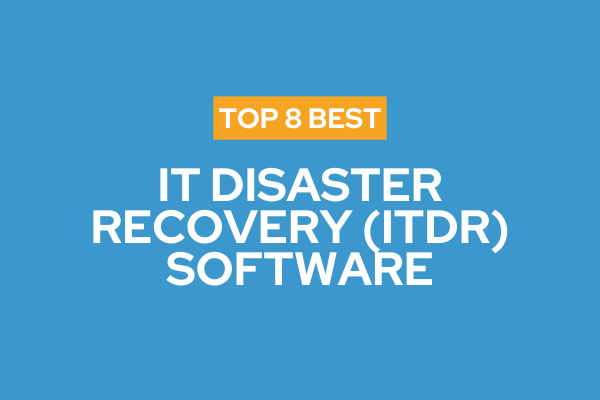
Explore the top 8 ITDR software solutions that automate recovery, minimise downtime, improve compliance, and enhance business resilience.
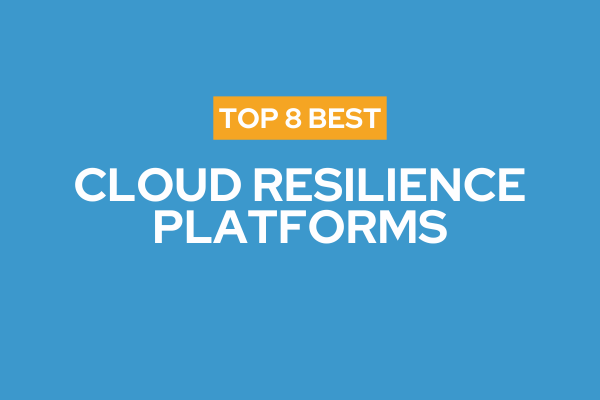
Discover the top 8 cloud resilience platforms that unite recovery, automation, and visibility to boost operational resilience and reduce risk.
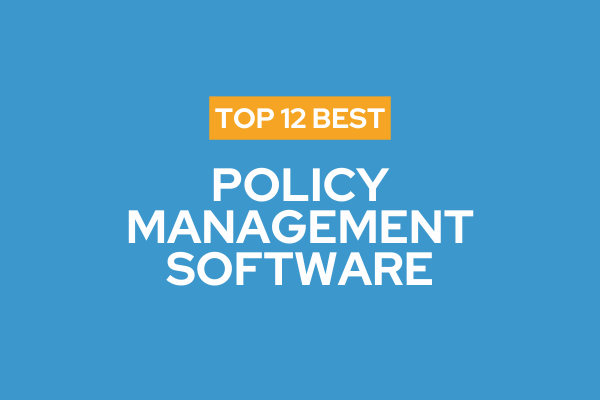
Explore the top 12 policy management software platforms that simplify compliance, automate workflows, and strengthen governance and resilience.
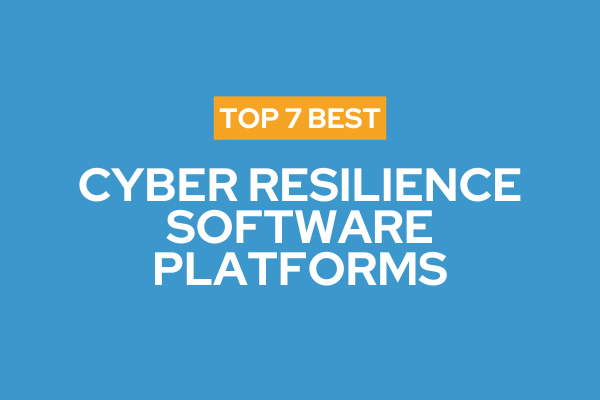
Compare the top 7 cyber resilience platforms that unite prevention, detection and recovery to cut downtime, protect data and keep operations running.
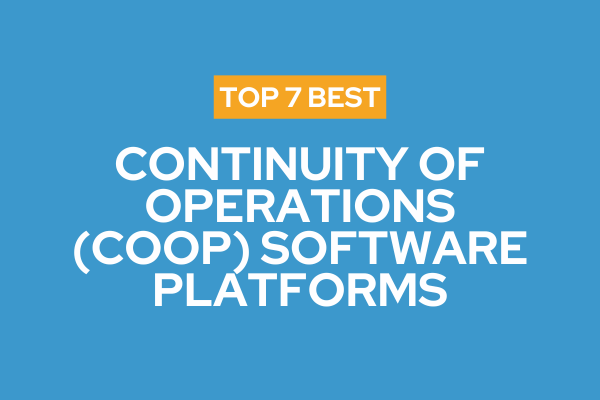
Explore the top 7 COOP software platforms that help organisations plan, test, and sustain operations during disruptions, ensuring resilience and compliance.
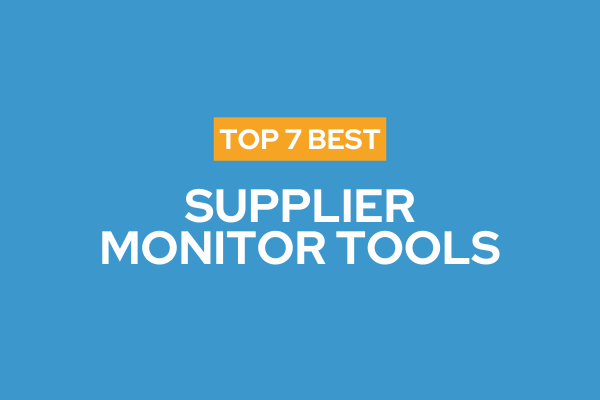
Compare the top supplier monitoring tools of 2025 and find the right software to enhance supplier visibility and protect your supply chain.